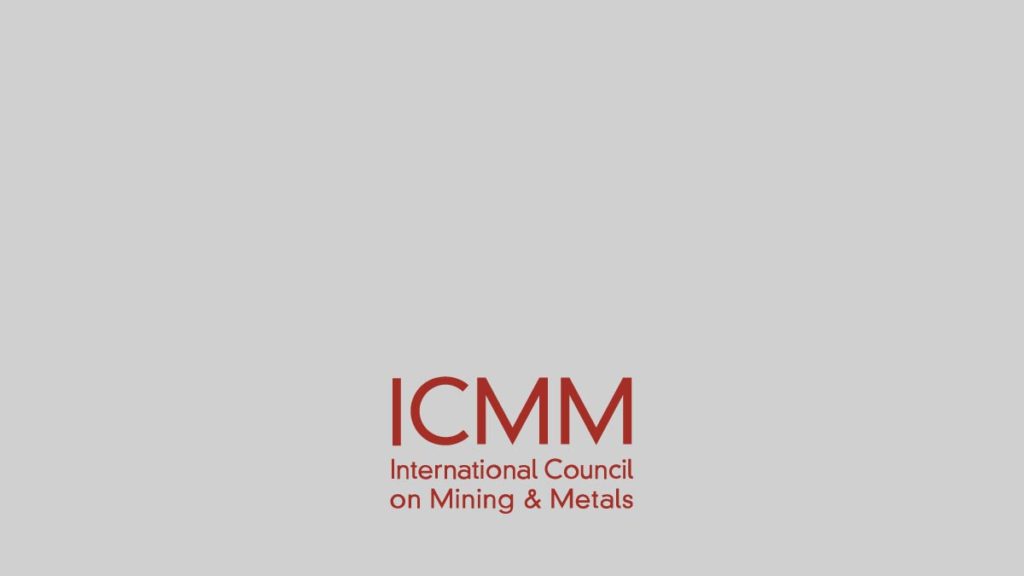
Tool 13 – Designing and Implementing Grievance Mechanisms
To develop a culturally appropriate and well-functioning grievance mechanism, the system and process should be transparent, legitimate, accessible, holistic, predictable, equitable and rights-compatible. Whether or not an independent third party should run the grievance mechanism will depend on the company’s local context and its relationship with local communities. Whatever approach is chosen, the mechanism must be legitimate – it should have a governance structure that is clear and sufficiently independent to ensure grievances are dealt with fairly, and without interference of any involved party.
Step Guide
STEP
1
Ensure you have in place a transparent recording system to receive and record grievances from all communities
STEP
2
Develop criteria to assess complaints and determine whether or not they fall within the mandate of your grievance mechanism
STEP
3
Investigate and clarify details raised by the complainant and identify how these may be resolved
STEP
4
Consider a range of approaches to resolve different types of complaints and grievances. These may include:
- Internal – company-proposed standards, decision-making processes and criteria to develop a response
- Bilateral – direct dialogue and negotiation between complainant and company to reach joint resolution
- Traditional and customary – traditional practices used to resolve a complaint or grievance
- Third party – formal or informal mediation from a third party
STEP
5
Track and monitor grievances throughout the processing cycle and report outcomes to the complainant
STEP
6
Share information between companies and the complainant to strengthen resolution processes
STEP
7
Review and strengthen internal processes to strengthen the grievance mechanism and improve outcomes
STEP
8
Ensure rights-compatibility – processes, outcomes and remedies from the grievance mechanism should accord with internationally recognised human rights
Building trust
Companies may inherit legacy issues or a historic lack of trust of mining companies. Ways to build trust include:
- Engaging and deepening community involvement eg involve community members in the design of process of the grievance mechanism
- Set up an independent forum or process, potentially led by a third party
- Report the results of mechanisms externally eg through community meetings, local publications or newsletters
- Establish a communications plan where updates on progress are widely communicated to those directly or indirectly involved
Involving third parties
When resolution of local-level grievances prove to be difficult, involving an independent third party may help. Companies should:
- Immediately establish the scope and extent of the third party’s involvement, with approval from the indigenous community
- Consider who to use eg local NGO, civil society group, government etc
- Consider whether the third party will provide external services or supplement internal company capacity
- Choose what capacity to involve the third party eg witness, adviser, facilitator or mediator?
- Look at whether the third party is considered independent and unbiased
- Consider whether the third party is trusted and accepted by both the community and company
Community, Economics, Environment, Ethical Business, Management, Rehabilitation
FPIC and Expansion Project
The importance of FPIC, clear communication and clarity of legislation.
Further Reading:
- Section 1, Overarching design principles, of the Handling and resolving local level concerns and grievances guide
- Guide to designing and implementing grievance mechanisms for development projects, Washington, DC, CAO, 2008
- ILO Declaration on Fundamental Principles and Rights at Work
- J Ruggie, Protect, respect and remedy: a framework for business and human rights
- Addressing grievances from project-affected communities (IFC, 2009)
- Rights-compatible grievance mechanisms: a guidance tool for companies and their stakeholders (John F Kennedy School of Government, Harvard University, 2008)

